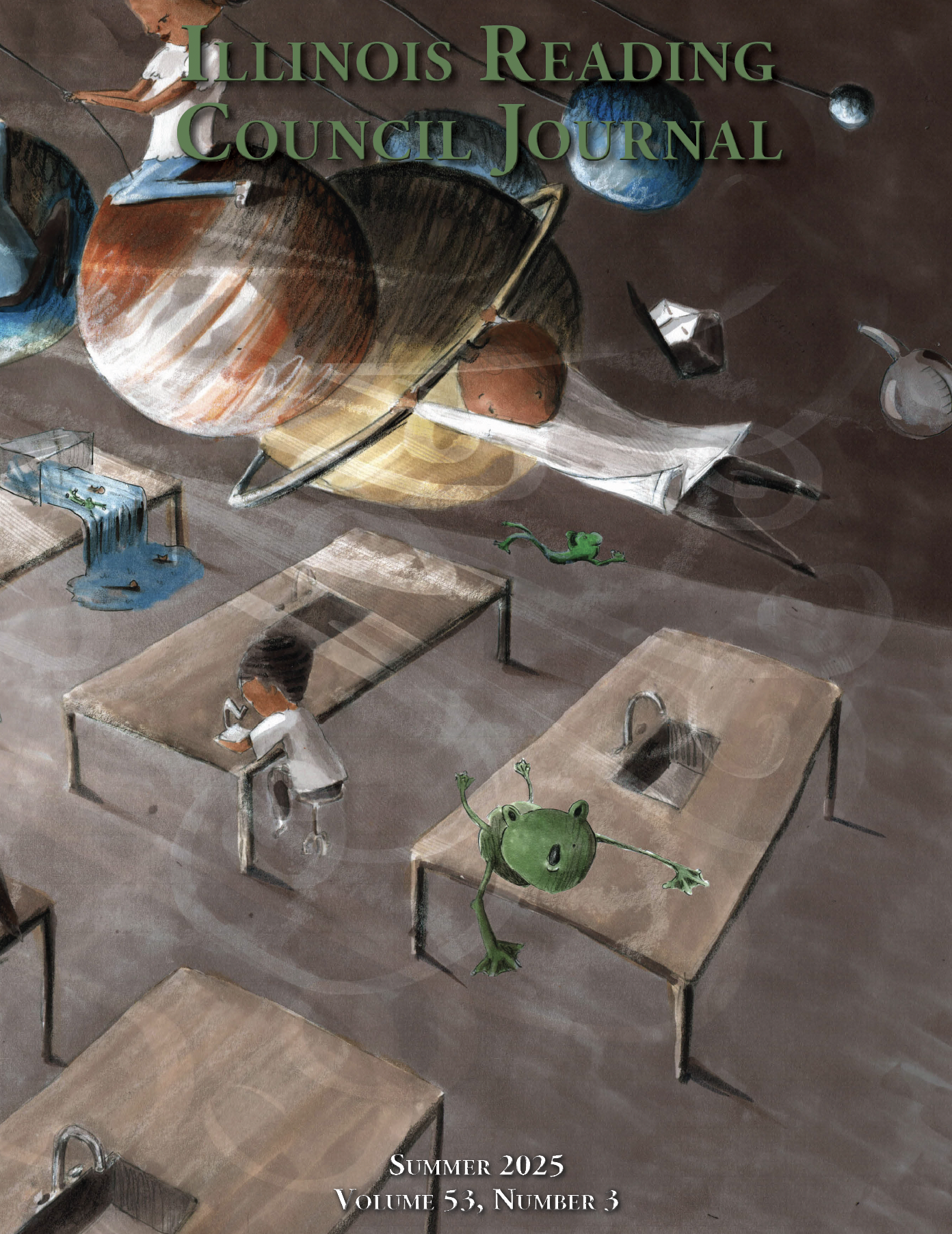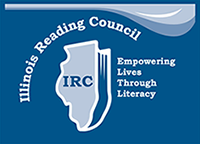 |
The Wonderland of Lewis Carroll’s Oxford
By Gregory Bryan
Document: Special Feature
Introductory Paragraph: In the shadow of Oxford’s stately Christ Church Cathedral, the River Cherwell weaves past exasperated book-carrying students and excited camera-clicking tourists. The Cherwell meets the Thames and then rolls on towards London, less than 60 miles as the crow flies to the southeast, but many, many more miles away as the river winds south, then west, then south again, then east, then north, then east, then south, then east, and southeast, south, southwest, east, and so on and so on. As the River Cherwell flows past Oxford, everything about the setting sings “Rule Britannia”—the enduring majesty of Christ Church Cathedral’s steeple, the lush green expanses of Merton Field and Christ Church Meadow, and the punt floating by bearing a fair maiden languidly sprawled beneath the bright spring sunshine. From here, it is easy to hear the peeling of Great Tom from its lofty perch in Tom Tower at the main entrance to Christ Church. Built in 1681 and 1682, Tom Tower is but one of several Oxford buildings constructed to the design of the master of lasting erections, the incomparable architect, Christopher Wren. I know of a rabbit that left the pet store as Guinevere but whose name was later changed to Arthur. I have also known kittens taken from their mother too soon having to undergo the same kind of necessitated name change once the animals’ genders were more accurately ascertained. Who knew the same thing could happen with a bell? Perhaps the clapper did not hang low enough for the bell’s gender to be identified! In an earlier life in Osney Abbey, Great Tom used to ring under the name Mary. Anyway, six-ton-plus Tom rings every night at 9:05 pm. Given that most bells peel on the hour or on the half-hour, it is an odd time to ring. The explanation lies in the fact that 9:05 pm in England (which, of course, employs Greenwich Mean Time, given that Greenwich is beside London) corresponds to 9:00 pm in Christ Church time. Once upon a time, all clocks in Oxford ran five minutes and two seconds behind London time, but with the advent of Greenwich Mean Time, only Christ Church defiantly (read arrogantly or nostalgically, depending on your preference) clings to Oxford local time. Little wonder then that the White Rabbit that emerged from the imagination of one of Christ Church’s most famous scholars, Lewis Carroll, should enter Alice’s Adventures in Wonderland with the complaint, “Oh dear! Oh dear! I shall be too late!” (Carroll, 1865/2009, p. 12). With the publication of Alice’s Adventures in Wonderland in 1865, the White Rabbit quickly became the most famous lagomorph in the world save, of course, the Easter Bunny. He was, however, either five minutes and two seconds late or, indeed, some 20-odd years late because Greenwich Mean Time had begun to gain widespread traction in the 1840s.
DOI: https://doi.org/10.33600/IRCJ.53.3.2025.20
Page Numbers: 20-32
|


